Gap between rich and poor starts to widen
- Published
- comments
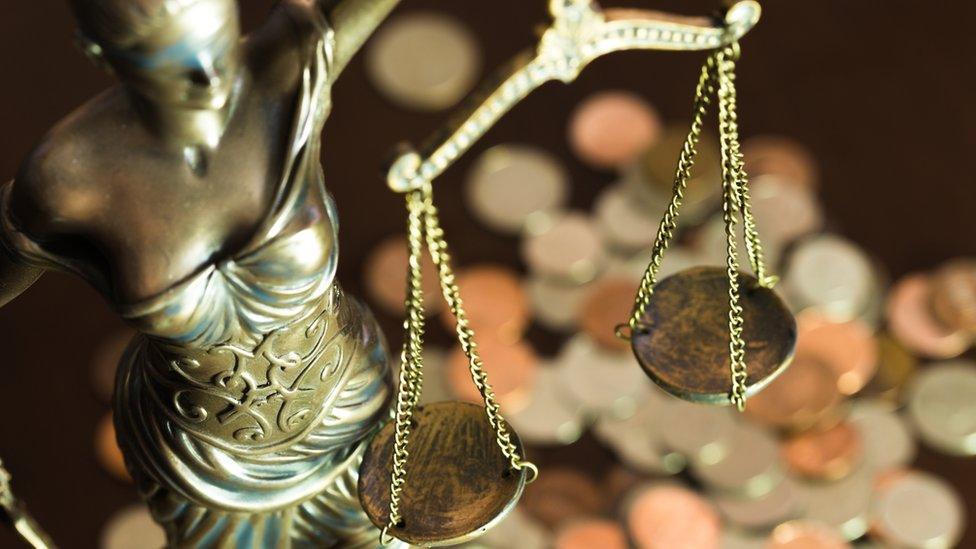
Income inequality between the richest and poorest in the UK widened last year, official figures show, as benefits were squeezed but wages rose.
The richest fifth of the population saw incomes rise by 4.7%, the Office for National Statistics (ONS) said., external
The average income of the poorest fifth, in contrast, shrunk by 1.6%.
The growing gap is a reversal of the trend seen in the past decade, during which income inequality reduced.
How much do we have to spend?
The typical household in the UK had a disposable income (mainly pay, pensions and benefits after tax) of £28,400 last year, the ONS said.
This middle-ranking, or median average, income level was broadly unchanged compared with 2017, after allowing for the rising cost of living.
Last year saw a "levelling off" of income after it had been rising at an average of 2.2% a year since 2013, the ONS said.
Among pensioner households, there was a typical disposable income of £23,900 last year.
How do the changes vary between the richest and poorest?
The ONS said that income inequality increased slightly last year.
The rise among the top earners was driven by improvements in pay, while the fall in income among the poorest came from the squeeze in benefits by about £440 a year.
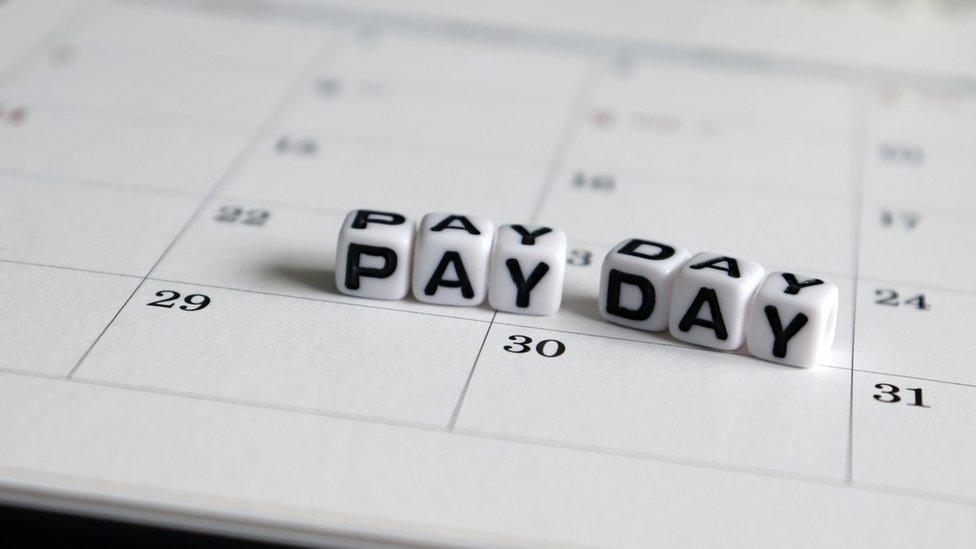
Dominic Webber, from the ONS, said that the richest fifth of the population have seen a "sustained" increase in their income.
The statistics authority said that the income of the very richest 1% had been difficult to gauge accurately, and may have been underestimated. The top 1% of taxpayers earn about £160,000 a year.
In an experimental move, it has used tax and survey data to try to improve this estimate. It has calculated that the top 1% took home 7.1% of total household disposable income in the UK.
This level had been consistent between 2011 and 2018, the ONS said, but the richest individuals' share of income had fallen since prior to the financial crisis.
The incomes of the poorest fifth of the UK population fell last year. However, since 2008, this group have seen their incomes rise the most compared to others.
"As such, it may be too early to draw definite conclusions from this specific downtick," Mr Webber said.
- Published3 February 2019
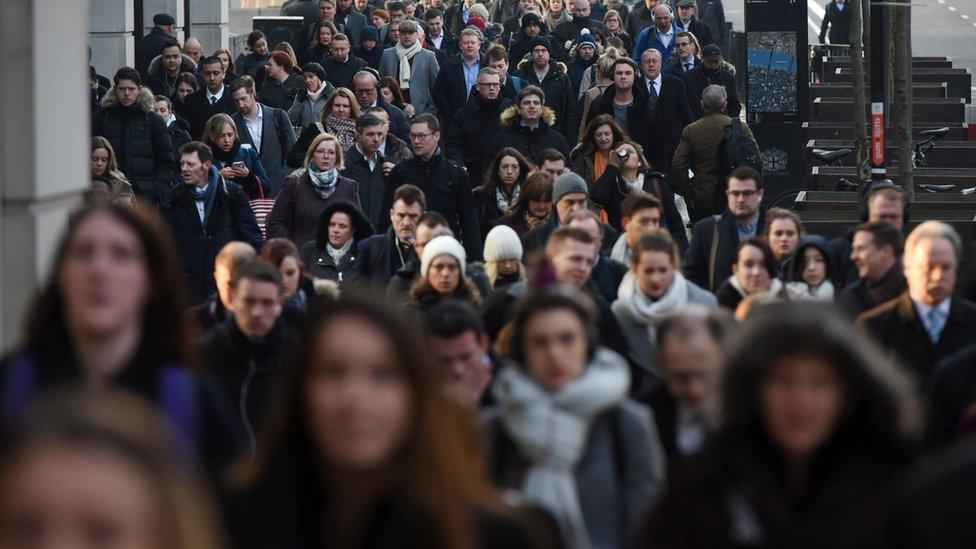
- Published8 February 2019
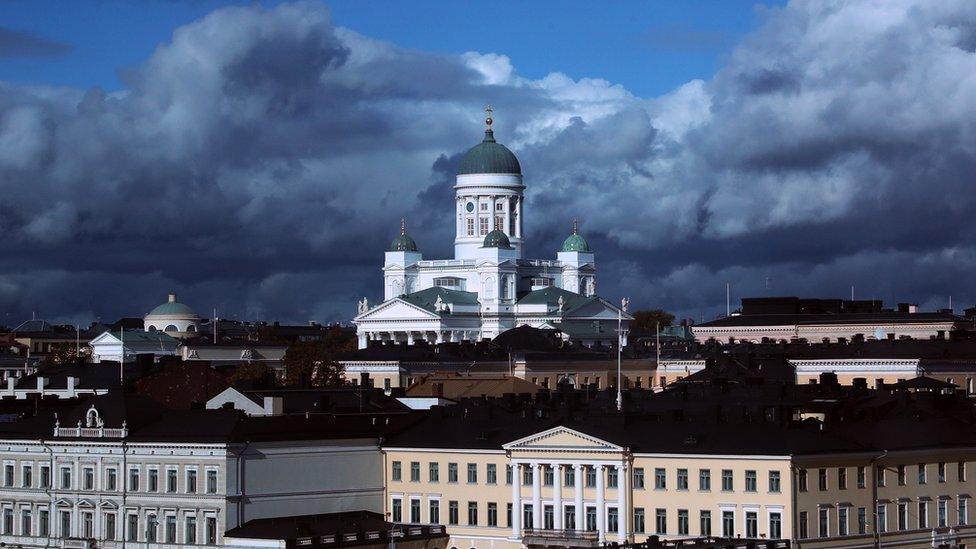
- Published22 February 2019
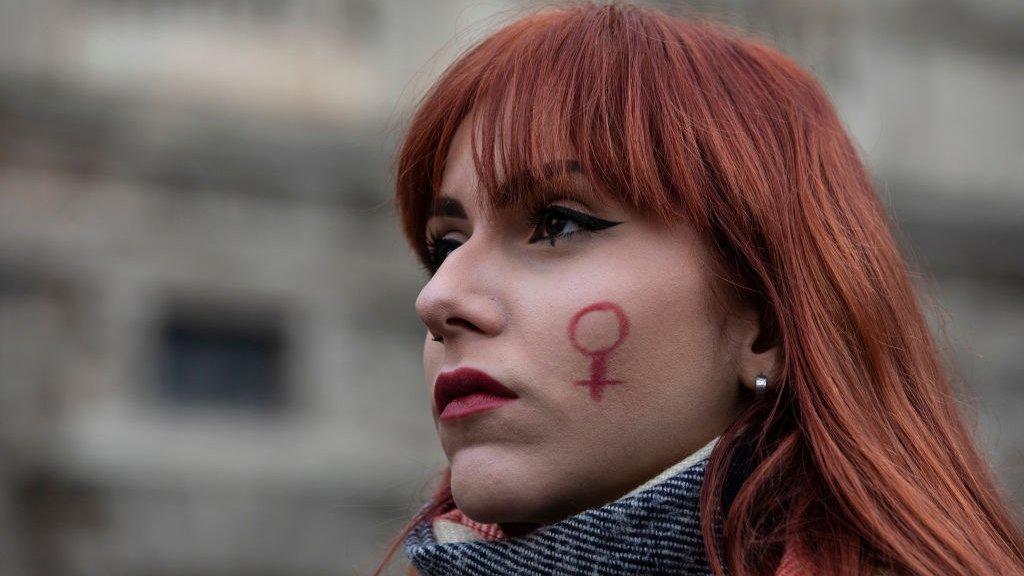
- Published20 February 2019
